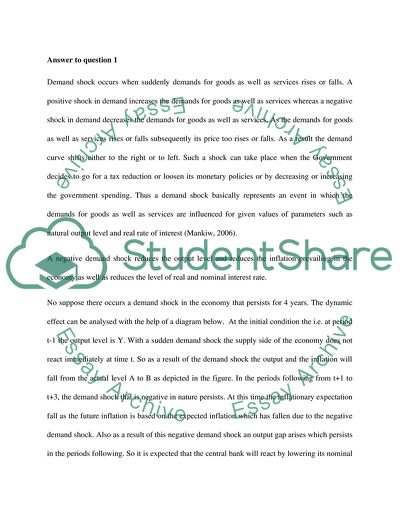Cite this document
(“Dynamic AD/AS Model; Monetary Policy Assignment”, n.d.)
Dynamic AD/AS Model; Monetary Policy Assignment. Retrieved from https://studentshare.org/macro-microeconomics/1756634-assignment-1-dynamic-adas-model-monetary-policy
Dynamic AD/AS Model; Monetary Policy Assignment. Retrieved from https://studentshare.org/macro-microeconomics/1756634-assignment-1-dynamic-adas-model-monetary-policy
(Dynamic AD/AS Model; Monetary Policy Assignment)
Dynamic AD/AS Model; Monetary Policy Assignment. https://studentshare.org/macro-microeconomics/1756634-assignment-1-dynamic-adas-model-monetary-policy.
Dynamic AD/AS Model; Monetary Policy Assignment. https://studentshare.org/macro-microeconomics/1756634-assignment-1-dynamic-adas-model-monetary-policy.
“Dynamic AD/AS Model; Monetary Policy Assignment”, n.d. https://studentshare.org/macro-microeconomics/1756634-assignment-1-dynamic-adas-model-monetary-policy.


